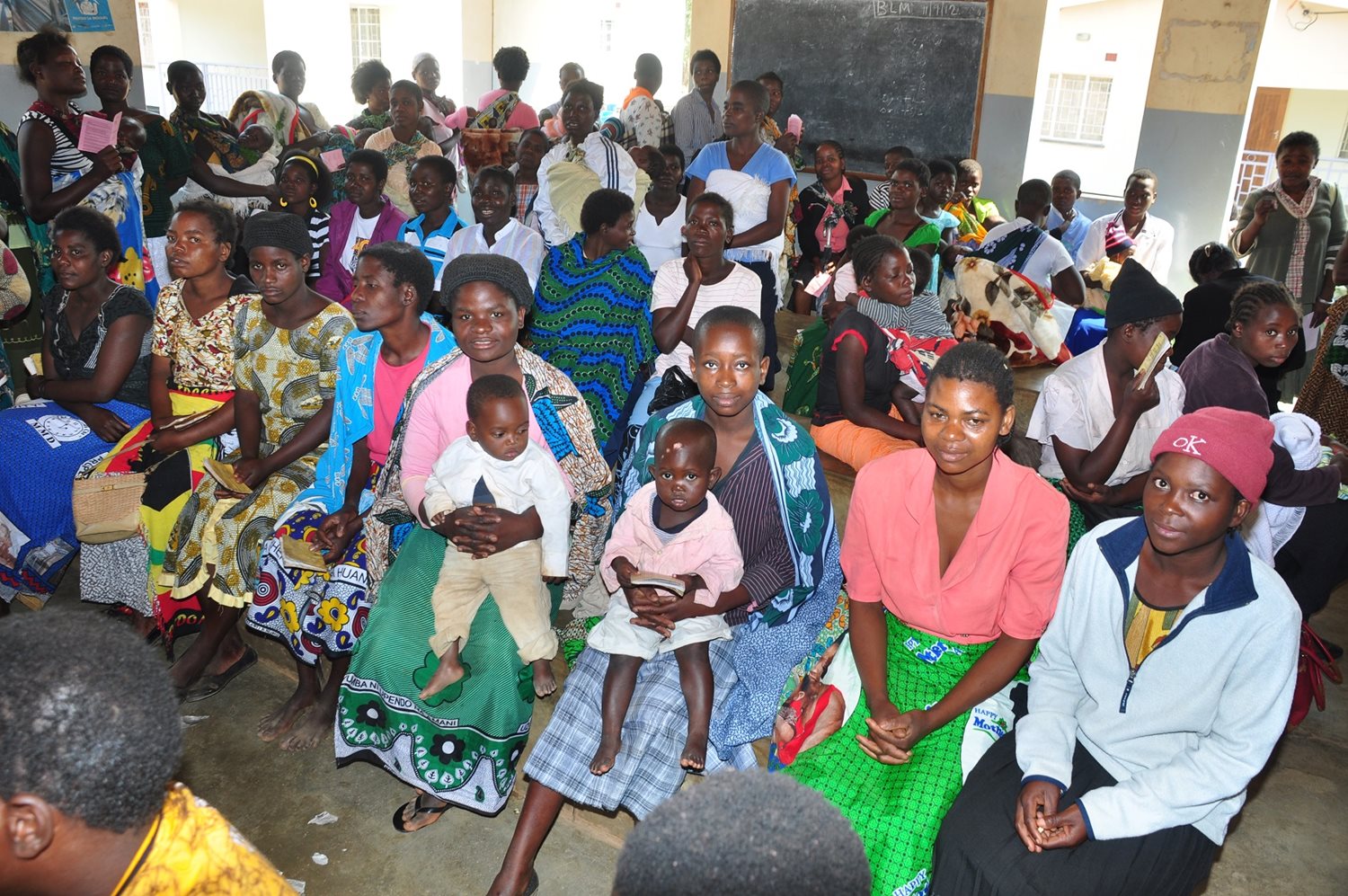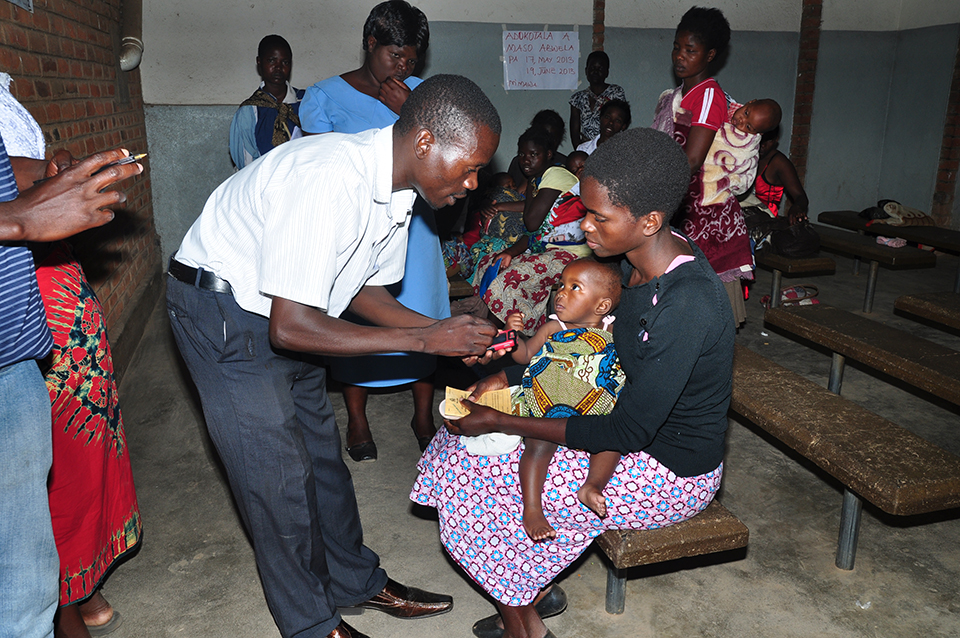New research published in the journal of Comprehensive Child and Adolescent Nursing has revealed that training in paediatric ‘Emergency Triage Assessment and Treatment’, improves emergency care of sick children at the primary health care level thereby reducing the number of referrals to hospital.
Primary health care (PHC) centres are an entry point to the Malawi health care system, so it is essential that health care workers and support staff have the capacity to provide effective, efficient and high-quality care to all patients, including severely ill infants and children.
However, while the training of staff in triage and emergency care has been shown to improve patient flow and reduce inpatient mortality at the secondary and tertiary levels, in contrast, little has been done at the PHC level, where challenges include: limited resources, a lack of knowledge, skills and attitudes of health care workers in emergency management, and delayed referral to other levels of care. This contributes to poor outcomes including children dying within the first 24 hours of hospital admission.
To ensure that PHC facilities have the capacity to provide effective, efficient and high-quality care to severely ill infants and children, the ASPIRE project, supported by Meningitis Research Foundation primarily with funding from the Scottish Government, provided training to health care workers and support staff in primary care to empower them with the necessary knowledge, attitudes and decision-making skills.

Children and adults in the waiting room of a health care clinic in Malawi.
The first phase of the project focused on the development and piloting of a digital mobile telephone algorithm for sustainable and consistent primary level triage with a comprehensive training package for both clinical and non-clinical staff in seven health centres in Southern Malawi.
This second phase extended the initial triage component, and trained 336 health care workers and 541 support staff in PHC settings in the full ‘Emergency Triage Assessment and Treatment (ETAT)’ package.
Dr Nicola Desmond, Reader in Medical Anthropology and Global Health and the lead investigator for the study at LSTM and
Malawi-Liverpool Wellcome (MLW) Trust, said: “Our findings have revealed that the revised training package developed in collaboration with the Ministry of Health and partners through a Primary ETAT Advisory Group for all levels of primary facility staff improved triaging of patients so that sick children were managed quickly upon arrival at the facilities. Those with emergency signs were taken immediately to a clinician’s room or emergency room for stabilisation, those with priority signs were placed at the front of the queue to be seen within one hour, while those triaged as non-urgent followed the queue to the clinician’s room.”

A health surveillance assistant (HSA) uses a triage tool on a parent and child.
Maureen Majamanda, a senior lecturer at Kamuzu College of Nursing who is also the first author of the paper, explains: “In addition to training, this second phase involved developing and providing a minimum health care package for PHC facilities comprising emergency equipment, supplies and drugs, to enable provision of emergency care to children before referring them to the next level of care."
“By enabling health care workers and support staff to stabilise patients at the PHC facility, some children who had emergency conditions recovered such that they could be managed as outpatients, or be discharged home. This helped reduce the burden on referral facilities, and alleviated families of the financial burden that accompanies hospitalisation at a referral hospital. Importantly, there was also an increased number of successful referrals - which is arrival at a tertiary hospital following a clinician’s referral at PHC facility. At baseline (2013–2015), successful referral was only 37% and this increased to 52% following implementation of the full ETAT package (2015–2018). In addition, 94% of the children who made it to the referral facility made it within 24 hours, which is when the risk of death is greatest for severely ill infants and children.”
In response to these findings, the study authors recommend that pre-service training for nurses, clinical officers, medical assistants and medical officers should be started and continued in all training institutions, and that the government of Malawi should invest in capacity building of all health care workers and support staff at PHC facilities in ETAT.
Linda Glennie, Director of Research, Evidence and Policy at Meningitis Research Foundation said: “Appropriate training and supervision of health care workers and support staff at all levels of care, including the PHC level, is essential to ensure the best possible outcome for a seriously ill child. This is highlighted in the WHO Defeating Meningitis by 2030 Global Roadmap, which sets out a goal to establish and integrate training programmes for the identification, diagnosis, referral and treatment of meningitis, including potential sequelae, in countries across the world.”